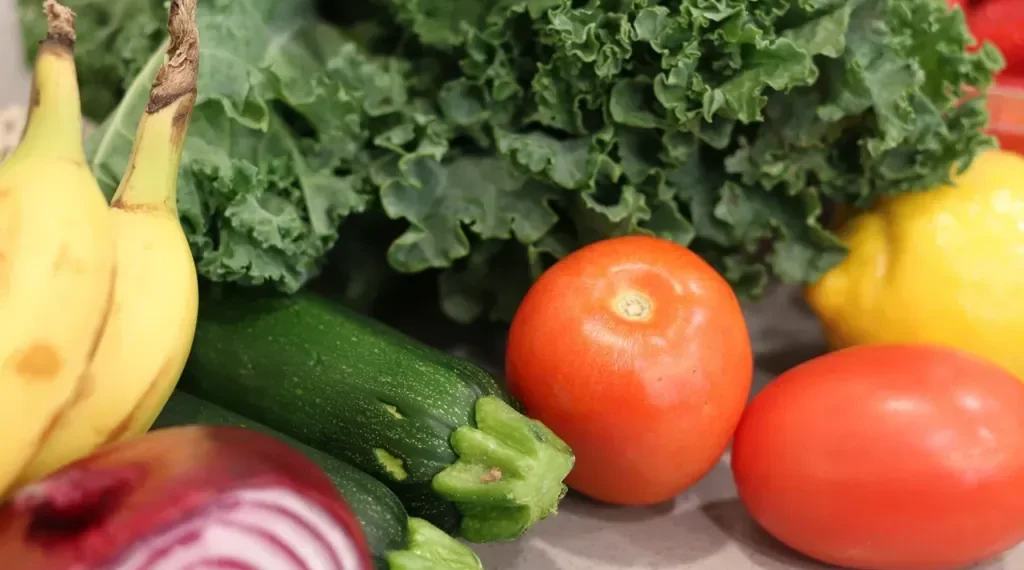How to Store Groceries Safely and Extend Freshness in Your Refrigerator
Proper food storage is essential for reducing waste, maintaining nutrition, and preventing foodborne illness. Experts advise that refrigeration alone is insufficient; understanding temperature, humidity, and safe handling is key to keeping groceries fresh and usable for longer periods.
Preparing Groceries Before Refrigeration
Plan Ahead and Handle Food Safely
Effective food preservation begins before groceries reach the fridge. Shoppers should check expiration or “sell by” dates, which indicate display limits, not safety. Perishable items should be refrigerated within two hours of reaching room temperature.
Maintaining a clean refrigerator is crucial. Spills, especially from raw meat, should be wiped promptly, and spoiled items discarded. The U.S. Department of Energy recommends fridge temperatures between 35 and 38 degrees Fahrenheit (1.7–3.3 degrees Celsius) for optimal food preservation.
Experts note there is no single method for storing all foods. Proper techniques depend on temperature, humidity, and household routines, says Wyatt Brown, emeritus professor at California Polytechnic State University, San Luis Obispo.
Fruits and Vegetables
Keep Produce Fresh and Nutritious
Fruits, vegetables, leafy greens, and herbs remain alive after harvest. Refrigeration slows spoilage and preserves nutrients when done correctly. Crisper drawers help separate fruits and vegetables and control humidity for longer shelf life.
Berries should remain dry until consumption. Vegetables like broccoli, carrots, and green beans store best in the fridge, while leafy greens should be kept in plastic or paper bags to reduce wilting.
Some produce emits ethylene gas as it ripens, accelerating spoilage of nearby items. Tomatoes, pears, and apples are examples. Overripe or rotting food should be removed promptly. Items such as onions, garlic, citrus fruits, and squash are better stored at room temperature.
Brown also advises storing potatoes outside the refrigerator. Cold storage can convert starches to sugar, causing dark patches during cooking, known as the Maillard reaction.
Proteins, Including Meat, Eggs, and Beans
Prevent Contamination and Maintain Safety
Raw meat should not sit at room temperature for more than two hours—or one hour in temperatures above 90°F (32°C). Thaw meat in the refrigerator and marinate chilled. Meats should be stored on lower shelves to avoid cross-contamination from drips.
Eggs are safest on middle or back shelves rather than in the door, where temperatures fluctuate. Washing eggs removes the natural protective layer known as the bloom. While farm-fresh eggs can be stored at room temperature, refrigeration extends their shelf life.
Plant-based proteins like beans should also be kept cool, dry, and stored in airtight containers after cooking.
Dairy Products, Milk, and Cheeses
Proper Storage for Dairy
Milk, yogurt, and cheeses should always be refrigerated. Yogurt is best stored on upper shelves, while cheeses should avoid the fridge door or top shelves to prevent drying. Plant-based milks such as soy, coconut, or almond require refrigeration after opening, though some are shelf-stable until first use.
Breads, Grains, and Rice
Maintain Quality Without Wasting Food
Bread generally should not be refrigerated as it dries out, though freezing can preserve it for up to six months. Pasta, rice, and flour should be kept in airtight containers at room temperature. Dry, sealed storage prevents spoilage and contamination.
Leftovers, Ready-to-Eat Meals, and Condiments
Safe and Convenient Storage
Top shelves are ideal for leftovers and ready-to-eat meals. Condiments, dressings, and non-dairy drinks can be stored in the fridge door. Leftovers should be consumed within three to four days or frozen for three to four months, according to USDA guidelines. Alcohol storage depends on type; opened wine benefits from refrigeration to slow oxidation, particularly if it contains fruit or dairy.
Expert Takeaways
Refrigeration slows spoilage but does not stop microbial growth.
Understanding temperature, humidity, and ethylene-producing produce extends shelf life.
Planning meals and storage reduces food waste and maximizes budgets.
Regular cleaning and proper container use are essential.
Focus on eating fresh produce for nutrition rather than stressing over minor storage differences.
Emily Hilliard, press secretary for the U.S. Department of Health and Human Services, emphasized monitoring refrigerated foods to prevent foodborne illnesses, especially during holidays. Diane Beckles, professor at UC Davis, notes that meal planning and creative use of leftovers also help households manage costs amid rising food prices.
This article was rewritten by JournosNews.com based on verified reporting from trusted sources. The content has been independently reviewed, fact-checked, and edited for accuracy, neutrality, tone, and global readability in accordance with Google News and AdSense standards.
All opinions, quotes, or statements from contributors, experts, or sourced organizations do not necessarily reflect the views of JournosNews.com. JournosNews.com maintains full editorial independence from any external funders, sponsors, or organizations.
Stay informed with JournosNews.com — your trusted source for verified global reporting and in-depth analysis. Follow us on Google News, BlueSky, and X for real-time updates.












